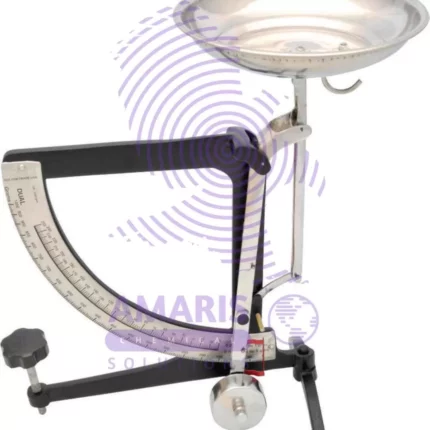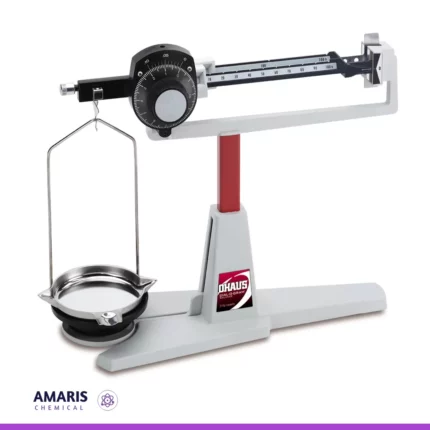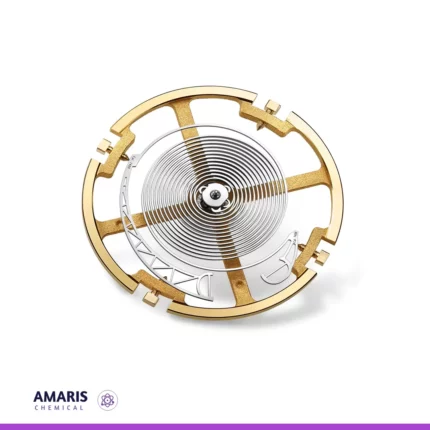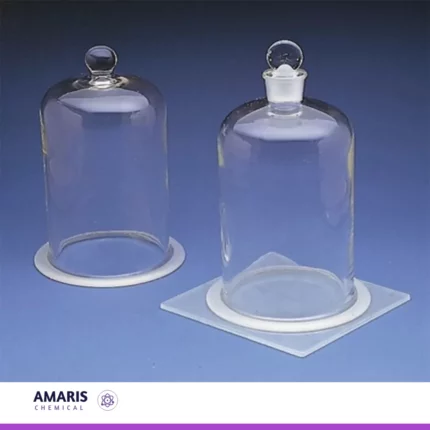
Ticker tape timer
$6,000.00 Original price was: $6,000.00.$5,500.00Current price is: $5,500.00.

Voltalic cell
$0.01
Vacuum and air pressure pump combined
Rated 5.00 out of 5 based on 1 customer rating
(1 customer review)
$8,500.00 Original price was: $8,500.00.$6,900.00Current price is: $6,900.00.
Whatsapp Order
Combining a vacuum pump with an air pressure pump in a laboratory setting can offer versatile control over atmospheric conditions within experimental setups. Here’s how they can be used together:
- Vacuum Pump: A vacuum pump removes air or gas molecules from a sealed chamber, creating a vacuum or low-pressure environment. This is useful for various laboratory applications such as:
- Removing air from containers or chambers to create a vacuum for experiments involving gases or vacuum-distillation techniques.
- Evacuating air from reaction vessels to prevent unwanted reactions with oxygen or moisture.
- Facilitating the transfer of liquids through vacuum filtration systems.
- Assisting in the operation of vacuum ovens or freeze dryers for sample preparation or preservation.
- Air Pressure Pump: An air pressure pump, also known as a compressor, increases the pressure of air or gas within a system. In a laboratory, it can be employed for tasks like:
- Supplying compressed air for pneumatic equipment or instruments requiring air-driven operation.
- Pressurizing reaction vessels or chambers for experiments requiring elevated pressures, such as high-pressure chemical synthesis or hydrothermal reactions.
- Generating pressure differentials for applications like air-powered suction or sample manipulation.
- Facilitating gas exchange in bioreactors or fermenters used for cell culture or microbial growth.
When combined, these pumps can be integrated into complex experimental setups where precise control over both vacuum and pressure conditions is necessary. For instance:
- In materials science, they might be used to manipulate the environment during thin-film deposition processes.
- In chemistry, they could be employed for vacuum distillation followed by pressurized reactions.
- In biology, they might facilitate the controlled atmosphere required for tissue culture or cell incubation experiments.
SKU:
ACS74899CHEM0
Category: LABORATORY EQUIPMENT & APPARATUS
Description
Vacuum and air pressure pump combined
- Gas Purging and Sample Handling:
- When dealing with sensitive samples, it’s crucial to maintain a controlled environment. The combination of vacuum and pressure pumps allows for precise control over the atmosphere within a chamber. For example, in gas chromatography, where precise gas flow and pressure are required for accurate analysis, this combination ensures optimal conditions.
- Hydrogenation Reactions:
- In organic chemistry, hydrogenation reactions often require both vacuum and pressure. Vacuum is used to remove air and moisture, which can interfere with the reaction, while pressure is applied to enhance the reaction rate and yield. The combined pumps facilitate these conditions, enabling efficient hydrogenation processes.
- Vacuum Distillation:
- Vacuum distillation is a technique used to lower the boiling point of a solvent by reducing the pressure above the liquid. By combining a vacuum pump to create low pressure with an air pressure pump to regulate the system, precise control over the distillation process can be achieved, leading to higher purity of the distillate.
- Thin Film Deposition:
- In materials science, thin film deposition techniques like physical vapor deposition (PVD) or chemical vapor deposition (CVD) often require controlled atmospheres. The combination of vacuum and pressure pumps enables the creation of specific gas environments conducive to deposition processes, ensuring uniform film growth and quality.
- Bioreactors and Fermentation:
- In biotechnology and microbiology, bioreactors and fermentation processes often require precise control over gas exchange and pressure conditions. The combined pumps can regulate the flow of gases into and out of the system, optimizing growth conditions for microorganisms and cell cultures.
- Vacuum Filtration:
- Vacuum filtration is commonly used in laboratories for separating solids from liquids. The vacuum pump creates suction to pull the liquid through a filter paper or membrane, while the air pressure pump can assist in maintaining consistent pressure levels for efficient filtration.
- Environmental Chambers:
- Environmental chambers simulate various environmental conditions for testing purposes. The combination of vacuum and pressure pumps allows researchers to create custom environments with controlled temperature, humidity, and gas composition, essential for studying the effects of different conditions on materials or biological sample
Reviews (1)
1 review for Vacuum and air pressure pump combined
Add a review Cancel reply
Related products
Absorption Tower
$0.01
A laboratory absorption tower is a scaled-down version of an industrial absorption tower used for experimental purposes within a laboratory setting. It is a specialized piece of lab apparatus designed to investigate the principles of gas-liquid absorption or scrubbing processes under controlled conditions.
Typically, a lab absorption tower consists of a glass or transparent column filled with a packing material or trays to facilitate the gas-liquid contact. It is equipped with inlet and outlet ports to introduce the gas stream and remove the treated gas after absorption. Additionally, there are ports or connections to introduce the liquid solvent and monitor its flow rate. The tower may also have temperature and pressure control mechanisms to simulate specific conditions relevant to the experiment.
Laboratory absorption towers are essential tools for researchers, chemists, and engineers to study the behavior of gases and liquids during absorption processes, optimize process parameters, and assess the efficiency of different solvents or packing materials. These experiments contribute to the development and improvement of industrial-scale absorption systems and help in solving environmental challenges related to air and gas pollution.
Balance Bathroom Scale
$0.01
Balance lever
$0.01
The best definition of a balance lever is a simple machine that consists of a rigid bar or beam that pivots around a fixed point called the fulcrum. It is used to compare the weights or forces of two objects and determine if they are in equilibrium (balanced) or if one side is heavier than the other (unbalanced).
The balance lever operates on the principle of torque, where the torque (rotational force) exerted on one side of the fulcrum is equal to the torque on the other side when the system is in equilibrium. This principle is expressed by the formula: Torque = Force × Distance from fulcrum.
By placing known masses or weights on one side of the lever and an unknown weight on the other side, the balance lever can be used as a weighing scale. When the lever is in balance, the two sides are equal in weight or force. This concept has been widely used in various applications, from traditional weighing scales to more complex systems like seesaws or construction equipment.
balance spring
$0.01
Bell Jar with knob
$0.01
The best definition of a bell jar apparatus is a scientific instrument used in laboratories to create a controlled environment for various experimental purposes, such as studying the behavior of gases, conducting vacuum experiments, or demonstrating principles of physics and chemistry. It consists of a glass or transparent plastic container shaped like a bell, which can be sealed to create a vacuum chamber. The apparatus allows researchers to manipulate and observe the interactions of substances or objects within the vacuum or controlled atmosphere, often enabling investigations that wouldn't be possible under standard atmospheric conditions.
blow pipes
$0.01
A blowpipe apparatus is a scientific instrument used in analytical chemistry and mineralogy for conducting various tests, particularly flame tests and microchemical reactions. It typically consists of a small tube or pipette through which a controlled stream of air or oxygen is blown onto a sample being heated. This stream of air or oxygen enhances the combustion of the sample, allowing the observation of characteristic colors emitted by different elements when they are vaporized and excited by the heat. The blowpipe apparatus is often used to identify and differentiate between different elements and compounds based on their unique emission spectra and reactions.



 LABORATORY EQUIPMENT & APPARATUS
LABORATORY EQUIPMENT & APPARATUS
 Fertilizers
Fertilizers Plant Growth Regulators
Plant Growth Regulators Soil Conditioners
Soil Conditioners Animal Feed Additives
Animal Feed Additives Biostimulants
Biostimulants Dough Conditioners
Dough Conditioners Flour Treatments
Flour Treatments Fat Replacers
Fat Replacers Preservatives (baking)
Preservatives (baking)
 Surfactants (cleaning)
Surfactants (cleaning) Builders
Builders Bleaching Agents
Bleaching Agents Enzymes
Enzymes Solvents (cleaning)
Solvents (cleaning) Fragrances
Fragrances




















Shemomo –
Highly versatile.